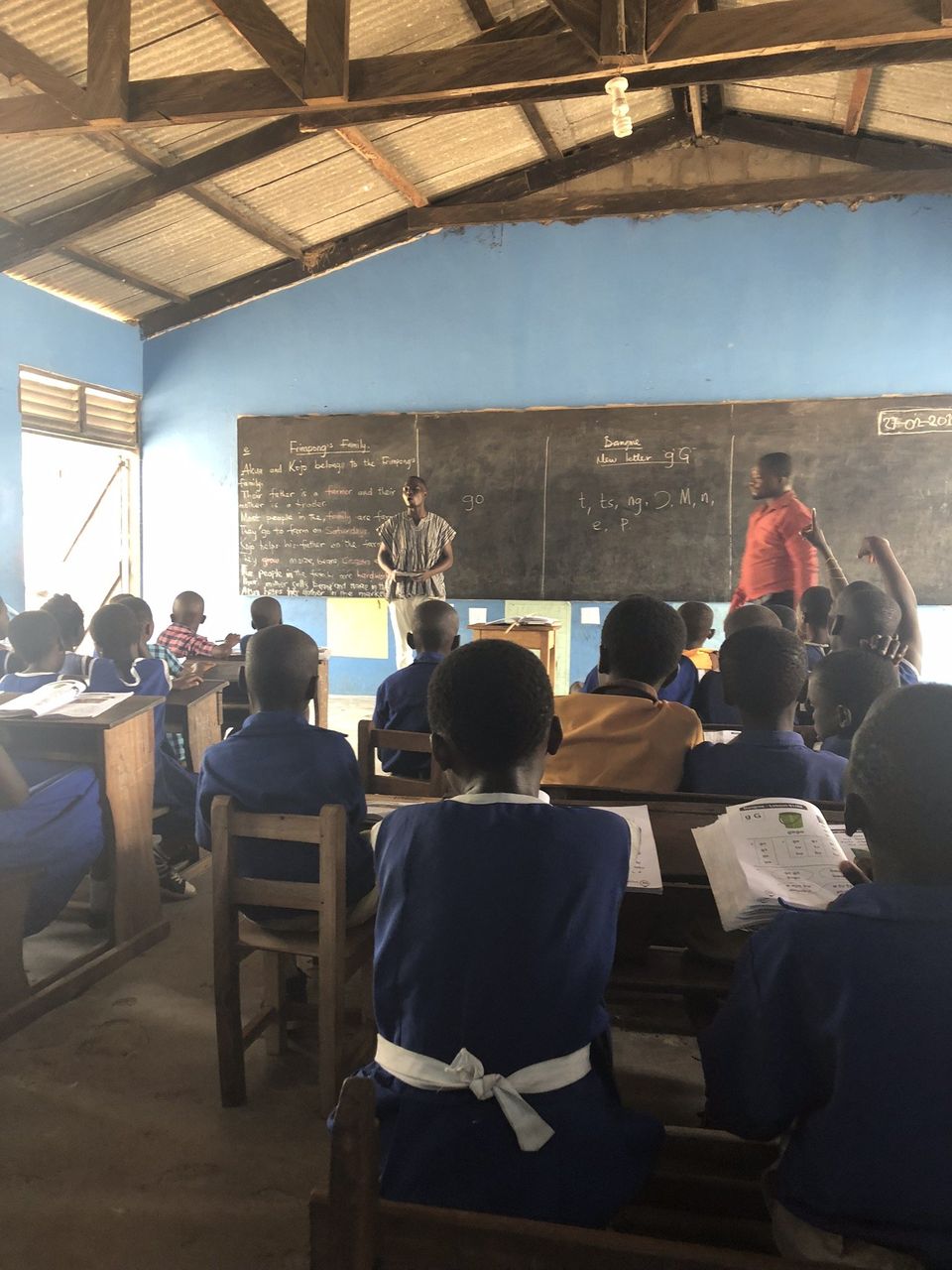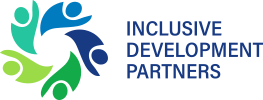Identifying students with disabilities in Ghana: Challenges and opportunities

Anne M Hayes •
On July 31, 2012, Ghana became the 119th country to ratify the United Nations Convention on the Rights of Persons with Disabilities (CRPD) and thus committed to providing inclusive education for students with disabilities. However, one source estimated that as of 2008, only 3% of students with disabilities in Ghana received any form of education (Anastasiou & Keller, 2017). Most teachers report lacking training, resources, and materials needed to help support students with disabilities in the classroom. Discriminatory views and harmful myths that associate disability with a curse or a sin serve as additional barriers to education for these students (Agbenyega, 2007). Although the Ministry of Education has committed to educating all children in Ghana, it continues to struggle with developing and implementing a system that can support students equitably.
One struggle faced by the Ghanaian education system—and many other countries—is how to identify students with disabilities in the classroom. Identifying students as having a disability or qualifying for special education services can be a challenge in any setting, but is even more difficult in low-resource settings. Identification is even more challenging for learning disabilities, as students’ difficulties may not be visually apparent and they may be physically and behaviorally indistinguishable from students without disabilities (Friend & Bursuck, 2018). Likewise, other disabilities (e.g., low vision or hearing challenges) and external factors (e.g. linguistic or cultural differences, poor nutrition) may also cause learning difficulties and thus need to be ruled out to reduce the possibility of misdiagnosis (Aro & Ahonen, 2011). When students with learning disabilities are left unidentified, then there is a risk that they may not receive the services they need to reach their academic potential. Currently there is no system in place in Ghana to identify students with learning disabilities, and in fact, there is not yet a universal system in place to screen students for vision and hearing challenges. If identified as having challenges with vision or hearing, access to assistive devices—even glasses—is often not available, especially in the poorer rural areas.
So, how to build a countrywide identification system?
Before envisioning a way to develop a countrywide identification system, the question we must ask ourselves first is: why do we identify students as having a disability?
Although understanding prevalence rates of disability can be helpful to countries as they plan for services and budgets, the main reason students are identified as having a disability is to receive the supports they need to reach their full potential. In countries like Ghana, where there are compounding factors including stigma, poor understanding of disability, and limited resourcing for services, identification must be addressed carefully and thoughtfully. Otherwise, attaching a label of disability to a student without the available services and supports can result in additional barriers to education at times, and in the worst-case scenario, removal of a student from the classroom or school.
This is a challenge we have been trying to address in the Inclusive Development Partners (IDP) project in Ghana that is supported by UNICEF. This project will conduct research on identification and support to students with learning difficulties in the early grades. In our recent trip to Ghana in February, 2019, we held a series of focus groups with teachers. In these focus groups, teachers expressed concerns that as many as 50% of students in their classroom (with observed classroom sizes varying between 50-75 students) struggle significantly with learning. The teachers expressed concern that many of these students may be hungry or feeling insecure at home, and that living with grandparents instead of parents may be impacting their ability to focus and learn at school. However, due to high rates of stunting and the increased prevalence of learning disability in areas of poverty (Boyle et al., 2009), it is feasible that many of these students may also struggle to learn due to an unaddressed disability.
Ultimately for this pilot, we decided to use a phased approach to identification (see https://www.rti.org/rti-press-publication/learning-disabilities-screening) using a form of Response to Intervention (RtI) to identify students who are struggling to learn, and assess if their learning outcomes improve with smaller group instruction. We will also introduce Universal Design for Learning (UDL) as a classroom instruction approach; we hope that differentiation and embracing diverse learning styles in the classroom will benefit students with and without disabilities. We will assess if these interventions improve learning for students in these classrooms, comparing the outcomes to control groups that have not yet started to work in these areas. Though this pilot will not address all of the challenges in Ghanaian classrooms, it is our hope that these interventions will make it easier for all children with disabilities to one day be included in the classroom with their peers without disabilities.
We also decided to not link these interventions with labeling of students with disability, but instead to merely indicate that a student is having challenges learning. The reason for this decision is that we felt we could not rule out other external factors, such as hunger and unstable living situations, that might be impacting learning. We also had ethical concerns about placing a label of disability on a student in an environment where this could lead to stigma, discrimination, bullying or even removal from school. Instead, we decided to focus on what matters the most: students and the supports they need to learn. This can be done without placing the label of disability on a student.
We hope to publish several other blogs about this pilot as we learn together about possible ways to support students with disabilities in low-resource settings. We hope that this research can serve as a helpful piece of the puzzle related to classroom identification and inclusive education.
Agbenyega, J. (2007). Examining teachers’ concerns and attitudes to inclusive education in Ghana. International Journal of Wholeschooling, 3(1), 41-56.
Anastasiou, D., & Keller, C. (2017). Cross-National Differences in Special Education. In M. Kauffman, D. P. Hallahan, & P. C. Pullen (Eds.), Handbook of Special Education. New York, NY: Routledge, Taylor & Francis Group.
Aro, T., & Ahonen, T. (Eds.). (2011). Assessment of learning disabilities: Cooperation between teachers, psychologists, and parents. Jyvaskyla, Finland: Miilo Maki Institute.
Boyle, C. A., Boulet, S. B., Schieve, L. A., Cohen, R. A., Blumberg, S. J., Yeargin-Allsopp, M., Visser, S. & Kagan, M. D. (2009). Trends in the prevalence of developmental disabilities in U.S. children, 1997-2008. Pediatrics, 127(6), 1034-1042.
Friend, M., & Bursuck, W. D. (2018). Including Students with Special Needs: A Practical Guide for Classroom Teachers (Eighth ed.). New York, NY: Pearson.
